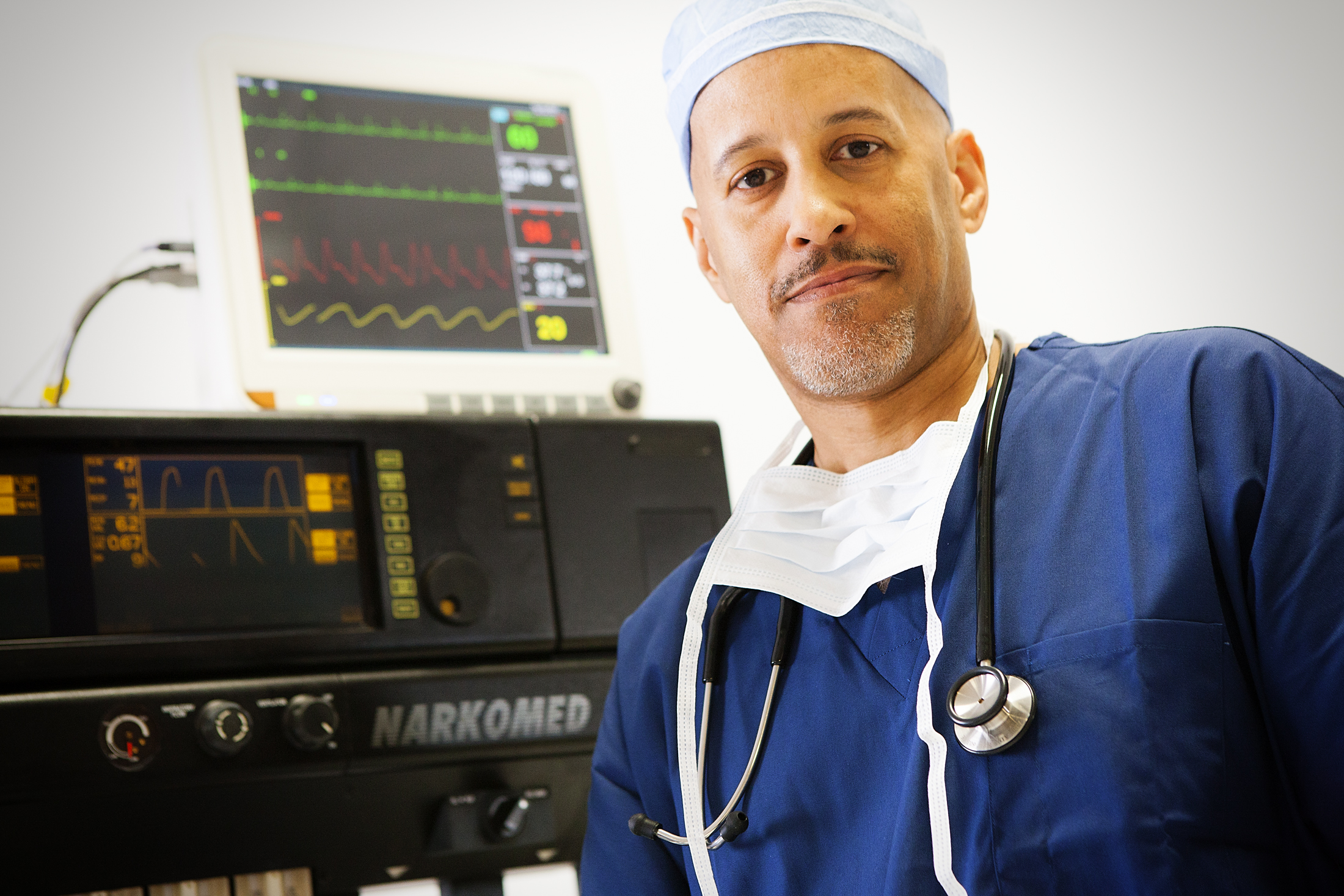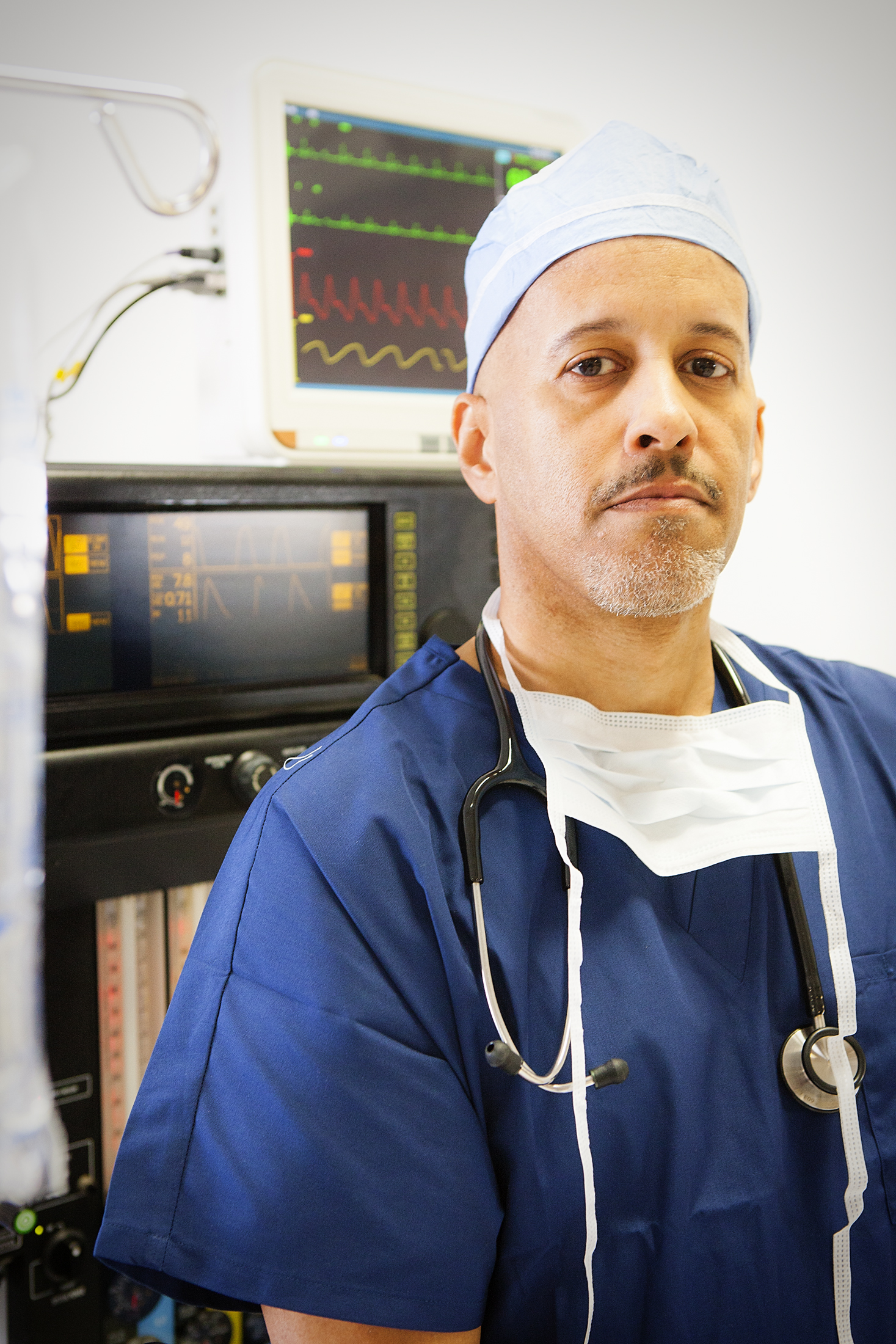
Introduction
The Internet of Things (IoT) describes a phenomenon[i] through which the operational aspects of the physical world become increasingly integrated with digital platforms, enabling information to move seamlessly toward the computational resources that are able to make sense of it. Its functionality derives from the interactions between three architectural layers: sensors tasked with data collection, communication networks between sensors that orchestrate data flow, and the analytical computational platforms that interpret these data and convey meaningful representations to users. Alongside the big data revolution, IoT is at the center of a substantial increase in the mobility and diversity of data which have helped usher in a new age of open information across a plethora of fields.
Unprecedented expansion in the capacity for data transfer at each of these levels has facilitated a big push in the healthcare sector to identify a more encompassing set of performance indicators, and attempt to record, track and analyze these exhaustively. By expanding the ambit of medical monitoring applications with the aid of portable devices, the Internet of Things has tremendous untapped promise in radically improving health outcomes, particularly with regard to the treatment of chronic diseases which expends an inordinate amount of human and economic resources.[ii] We thus examine some of the key enabling mechanisms which have contributed to the influence wielded by the Internet of Things on the developmental frontiers of healthcare technology.
Drivers
Big Data Infrastructure: The latent demand for healthcare insight has fuelled the development of data warehouses and algorithms which provide back-end support for processing information collected by the network of sensors in a big data ecosystem. This can be attributed to the increasing subscription to evidence based approaches that require individual data sets to be aggregated to constitute sufficiently sized populations, which can then be mined for statistically rigorous conclusions on treatment efficacy. This has redirected efforts downstream toward data collection and tracking through building up the network of data collection devices.
Widening Sensor Application: The deployment of cost efficient sensors at an increasing rate has permitted the IoT movement to gain traction in its progress toward a comprehensive network. Gartner forecasts there will be almost five billion connected devices by the end of this year and 25 billion in 2020[iii]. Sensors are now capable of being embedded in a wider spectrum of physical objects that span the healthcare sector and are connected to monitors real-time through the same internet protocol supporting the Internet. They assume a burgeoning array of functions including accelerometry, compass direction, positional tracking and environmental indicator logging, all of which generate usable information that can be interpreted by applications to form a more holistic picture of patient health status or mined for predictive insight.
Interoperability: With Internet of Thingsinfrastructure unfolding in a bottom-up manner, policy actions to encourage interoperability across disparate information systems has helped unlock tremendous potential economic utility[iv] and broadened the set of interdisciplinary use cases of healthcare devices. As an increasing number of services gravitate toward benchmarks such as the Open Platform Communications (OPC)standard, healthcare applications relying on IoT become more adept at eliminating barriers to usage. The OPC standard was initially conceptualized in 1996 as a means of creating commonalities across various forms of industrial telecommunication, and continues to serve as a benchmark that various data transportation technologies rely upon to facilitate data access and interoperability. The convergence of these trends permits drawing on information from a patient’s demographic profile or consumption habits that might exist outside of his electronic medical records to make more accurate diagnoses and recommendations, and could also introduce one-stop-shop solutions that provide payment history or drive reimbursements alongside treatment recommendations. We learn that complex system design challenges depend on interoperability to acquire full employability across a variety of settings, from home health monitors to health informatics systems that mandate coordination over multiple levels.
Privacy/Security: As information of a sensitive nature is often contained within a healthcare information system, security rapidly emerges as an imperative. Safeguards restricting the flow of data in the spirit of HIPAA have sprung up in a prevalent manner, providing control in the form of virtual private networks demanding device authentication, secure booting, access management, firewalling and operational systems that receive periodic updates and patches to better acclimate to nascent cyberspace threats[v]. While imperfect, these set in motion a virtuous cycle that instills consumer confidence in committing sensitive financial and health-related information to these systems, which can be employed for greater benefit accruing to users, thereby coalescing into a precedent for continued investment into countermeasures that protect health information security.
Developmental Direction
The Internet of Thingsforay into healthcare is estimated to rise in total economic impact from $170B to $1.6T [vi]by the year 2025. Most of the benefits derived from this revolve around productivity enhancements, time savings, improved asset utilization, as well as complex real time monitoring and coordination. The successful manifestation of IoT can be observed in the use of multiple devices that have proliferated in the digital ecosystem that we have detailed in this article.
Complex Coordination: The interaction of infusion pumps for anesthetic drug delivery to a patient’s heart takes place at the foreground of a series of other exchanges between monitors, ventilators and healthcare professionals. A trained anesthesiologist works as a single nexus of control between numerous independently operating devices, and is required to oversee the delivery and keep track of patient status during the surgical procedure. This presents a challenge of combining information across various interfaces, preventing the false alarms that individual devices trigger from getting in the way of addressing actual healthcare threats, and most crucially, eliminating the risk of human error in causing further complications.
Systems such as the Integrated Clinical Environment (ICE)[vii] consolidate supervisory, control and data logging capabilities within a connected, intelligent substrate, leveraging a Data Distribution System that can parse through real time data streams quickly to discern which of these genuinely require human intervention. ICE could coordinate drug combination infusions to the patient with inputs from the electronical medical records and calibrate quantities through the device directly, thus reducing the avenues through which human error could undermine care quality. By centralizing a locus of control that is able to obtain an encompassing perspective of all indicators, ICE avoids misguidedly reallocating resources in response to false alarms that might result from low oximeter readings, instead undertaking corrective action only when both oxygen and carbon dioxide levels signal a lowered respiratory rate.
Facilitating Appropriate Intervention: Treatment procedures that are self-administered frequently report reduced effectiveness relative to regimes that fall under the supervision of nurse practitioners, partly due to the heightened susceptibility to family member interference, unexpected patient conditions, or a lack of discipline to follow through with tedious, repetitive procedures[viii]. Ginger.io provides a mobile application that allows diabetic patients to submit to tracking by their mobile phones, and receive strategic healthcare interventions while going about a regime that is largely enforced on a personal level. With the aid of mobile phones that have been retrofitted with the requisite sensors, the location, contact details and movement of these individuals are tracked directly. These are then interfaced with public health research insights developed by the NIH in comparison with other sources of behavioral health information. The insights extracted from the real time data streams arriving from the application can suggest patterns of behavior that might be consistent with illness or patient comorbidity. For instance, failure to move about in accordance with daily routines could indicate a lack of well-being, prompting healthcare professionals to take a closer look at other indicators or engage the patient directly.
Situational Awareness: The large amount of sensors deployed across all geographic locales and collecting various different types of data provide a fertile ground for collaboration with healthcare specific applications[ix]. These provide the concerned entities with a grasp of all the possible variables that might affect their well-being, which can prove critical in the case of ailments that are extremely sensitive to external environmental variations. Asthmapolis offers a GPS enabled tracker that measures inhaler usage by asthmatics, taken against a backdrop of externally oriented asthma catalysts. Usage levels are collated by a central database and inspected against environmental conditions that contribute to inhaler usage, such as particulate concentration in air, presence of pollen or volcanic fog. When such information is subsumed under a spatial map, asthmatics are able to acquire a transcendent awareness on areas to avoid in order to mitigate their symptoms.
Implications
Experts concur that there persists immense untapped potential for the application of Internet of Thingsin a healthcare setting. To ease into an environment where the merits of such integration outweigh the embryonic hazards, various stakeholders need to systematically address some key concerns that have surfaced through recent application[x]. Consumers, for instance, will have to strike an equitable balance between granting agencies permission to access private data and discerning which sets of information are of material significance in a field characterized by informational overload. Technology suppliers have to wrestle with the challenges of making sensors and network solutions increasingly affordable, such that the benefits can accrue to even the most underprivileged in society. Public policy regulators, have to actively set precedent in promoting market conditions for the drivers that have made IoT an abiding pillar in healthcare technology.
[i] http://www.wired.com/insights/2014/11/the-internet-of-things-bigger/
[ii] http://www.forbes.com/sites/tjmccue/2015/04/22/117-billion-market-for-internet-of-things-in-healthcare-by-2020/
[iii] http://www.gartner.com/newsroom/id/2905717
[iv] http://www.mckinsey.com/insights/business_technology/the_internet_of_things_the_value_of_digitizing_the_physical_world
[v] http://dupress.com/articles/internet-of-things-iot-in-medical-devices-industry/
[vi] https://www.mckinsey.com/~/media/mckinsey/dotcom/client_service/Healthcare%20Systems%20and%20Services/PDFs/The_big_data_revolution_in_healthcare.ashx
[vii] http://electronicdesign.com/communications/internet-things-can-save-50000-lives-year
[viii] http://www.forbes.com/sites/85broads/2014/03/26/4-ways-the-internet-of-things-is-transforming-healthcare/
[ix] http://www.mckinsey.com/insights/high_tech_telecoms_internet/the_internet_of_things
[x] http://www.philips.com/a-w/innovationmatters/blog/how-the-internet-of-things-is-revolutionizing-healthcare.html

